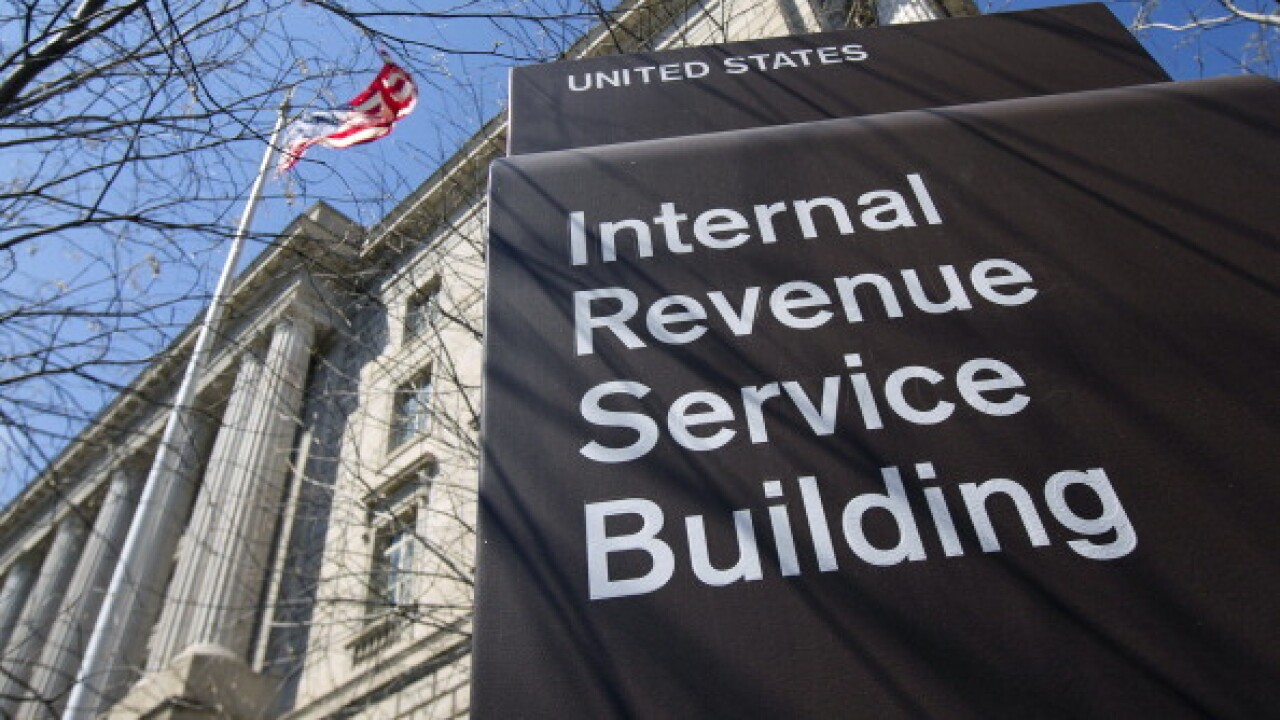The one-of-a-kind fund structure that helped turn Vanguard Group into the second-largest ETF manager in the world may be about to get a lot less unique.
A multi-boutique asset manager has
In the simplest terms, that structure ports the famous

The Jack Bogle-founded firm has held a patent since 2001 that makes it difficult for competitors to replicate it — a protection that expires in May.
With the patent expiry looming, the fund industry has been rife with speculation over which firms might attempt to follow the Vanguard playbook. PGIA, the U.S. arm of Australian asset manager Perpetual Ltd., looks like one of the first.
In a
If approved, the relief could potentially apply to 20 products with about $10 billion spread across PGIA's five U.S. subsidiaries — Barrow Hanley Global Investors, J O Hambro Capital Management, Regnan, Trillium Asset Management, and Thompson, Siegel & Walmsley.
"Vanguard has 70 strategies and $2 trillion in assets" in its ETFs," said Robert Kenyon, COO of PGIA, in an interview at the ETF Exchange conference in Miami. "They're the only ones who can do this at the moment. So it does open up an opportunity that is attractive to the rest of the world" if PGIA is successful."
Vanguard didn't respond to a request for comment.
Technically, the ETF-within-a-mutual-fund structure has always been available for other issuers — provided they agreed a licensing arrangement with Vanguard alongside gaining exemptive relief from the SEC. Yet no managers appear to have implemented it, suggesting they failed on one or both steps.
"One reason is that it could be difficult to secure use of the patent from Vanguard," said Nick Elward, head of Institutional Product and ETFs at Natixis Investment Managers. "The other reason could be that there's a question as to whether the SEC would ever approve this for active."
Vanguard's current exemptive relief only applies to share class ETFs in passive form. The asset management giant itself filed for exemptive relief to use the structure in active strategies
In a bitter twist for would-be Vanguard imitators, it's not only active funds that concern the SEC. Since the exemptive relief was given to the Malvern, Pennsylvania-based firm all those years ago, the regulator has developed worries relating to conflicts of interest among share classes.
Through 2012 and 2015, VanEck
"The SEC has no obligation to grant the requested relief," said Jeremy Senderowicz, shareholder at law firm Vedder Price. "The fact that this application has been filed does not mean the SEC is going to grant it."
In one section of its filing, PGIA attempts to address "concerns expressed by the Commission and its staff." This includes ensuring that any costs incurred by one class of a fund are only allocated to that class, rather than transferring or spreading the burden across all the classes.
"I would be very surprised if we see traction on this, especially for the next few months while the SEC staff reviews it," said Michael Barolsky, head of regulatory services at U.S. Bank Global Fund Services. "But either way, it could bring some helpful certainty to the industry about the future role of share class ETFs."





